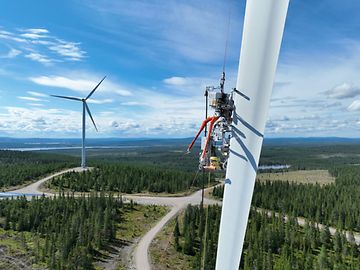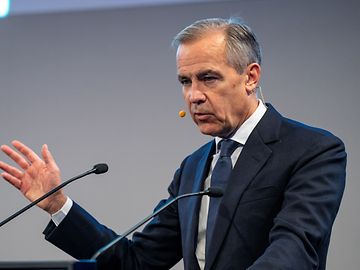Stewardship involves actively encouraging companies to adopt more sustainable business models through engagement, voting, and public policy advocacy.
Stewardship practices include:
- Engagement: We engage with companies (directly and via third party engagement provider) on a regular basis through meetings, letters, and roadshows. With regards to climate change, LGT speaks to companies about their carbon reduction strategies, setting measurable climate targets, and allocating money to climate solutions in their businesses.
- Proxy voting: As a partial owner of the listed companies in which we invest on behalf of our clients, LGT has the opportunity to vote at shareholder meetings on management's plans and proposals on social and environmental issues, including climate change. LGT can vote for or against a company's climate change plans to show support for the direction of travel or to push for greater ambition..
Public policy advocacy: As financial regulation tightens, investors are increasingly subject to new reporting requirements and practices implemented by policymakers. It is in LGT’s interest, and the interest of its clients, to work together with policymakers, network groups and membership organisations to ensure that policies are designed and implemented to improve market practices on sustainability.
Additionally, we are proud participants in collaborative engagement initiatives like Climate 100+ and the IIGCC’s Net Zero Engagement Initiative to Net Zero Banking Alliance to amplify our influence on companies through one combined ask with our peers.






